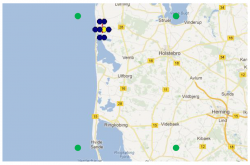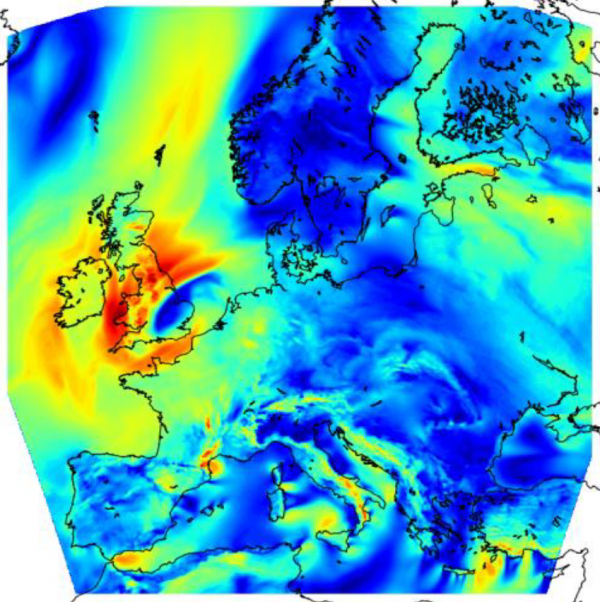EMD-ConWx Meso Data Europe

WindPRO 2.9 introduces a high resolution Meso scale data set covering Europe. The data are modeled and computed in-house - in collaboration between EMD and ConWx (http://www.conwx.com) who are experts in Meso scale modelling.
Note: This data-set requires an additional license to use (see below).
Dataset Description
The Meso scale model is run at a high spatial resolution of 0.03°x0.03°, approximately 3x3 km with hourly temporal resolution. ERA Interim data from ECMWF (http://www.ecmwf.int) is the global boundary data set.
Timespan is at least 10 years back, extended to cover minimum 20 years during 2013. Data are updated monthly with approximate 3 months delay defined by ERA Interims availability and computational efforts at EMD high-performace computer clusters.
Data access is via WindPRO’s user friendly interface to on-line data and payment of an annual subscription fee.
Required modules/licenses
To access the EMD-ConWx Meso scale data the following licenses/modules are required in your WindPRO setup:
- Basis
- MCP
- EMD-ConWx Meso Data, Europe
Model Domain
The model domain for the EMD-ConWx model is shown in the figure below. Our new data set covers Europe including larger parts of Turkey and Ukraine, excluding the northern extreme of Scandinavia.

Model Experiences
The model-setup has been validated through various internal investigations on masts around Europe. Direct comparison against a tall Danish mast at Høvsøre is found on the second page of the EMD-ConWx Meso datasheet available.
EMD and some users has found that the absolute levels of the wind speeds may be 10%-15% off at some Central European locations. However, note that this data-set was not designed to replace a mast but rather intended for long-term corrections of local masts. For this purpose we have excellent experience with the use of the data – the absolute level do not need to be correct, as long it is consistent.
For the absolute levels to be (more) correct and potentially useful for direct micro-siting analysis', the need to incorporate a down-scaling procedure and further proper utilizing a micro-scale model with associated micro-scale data is currently being investigated (2013).